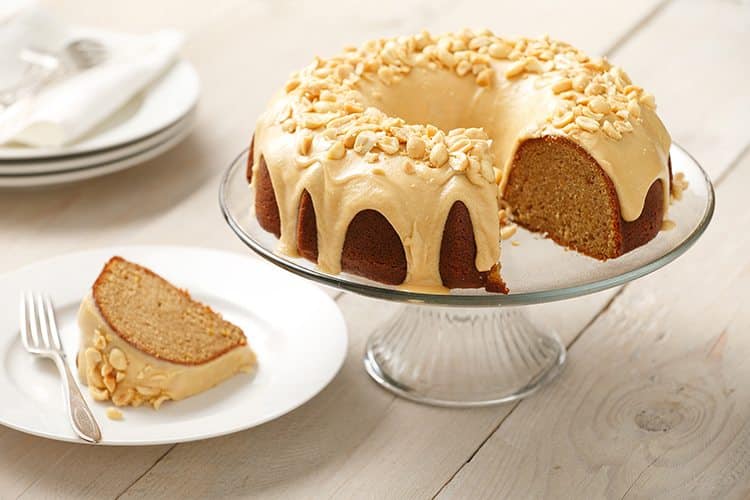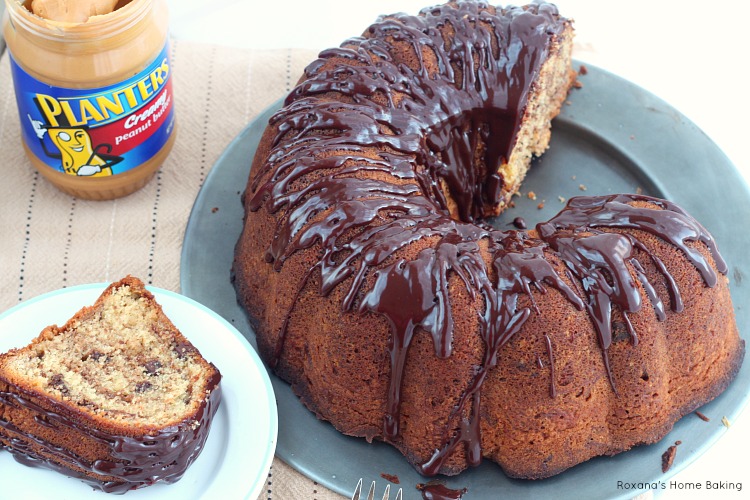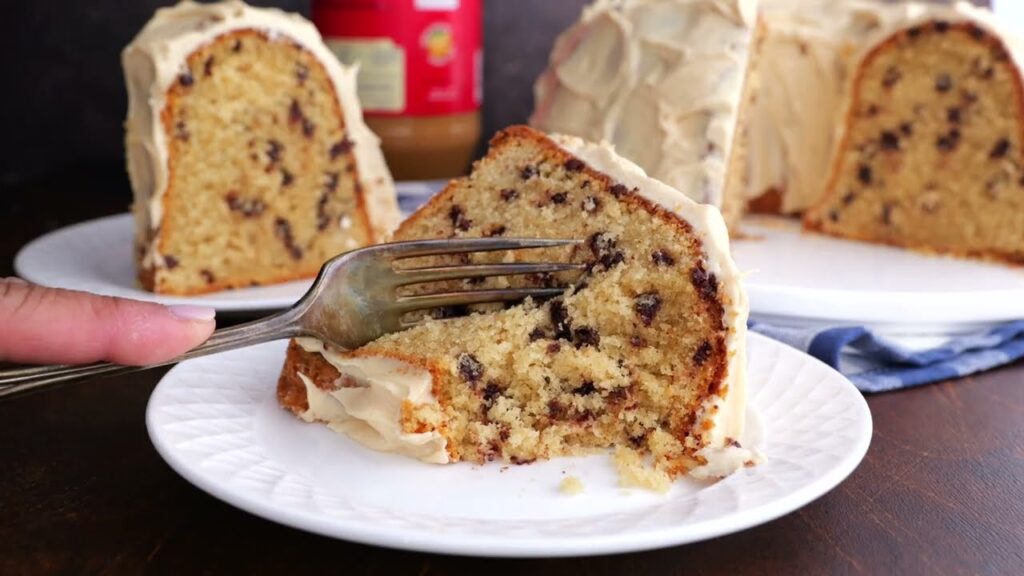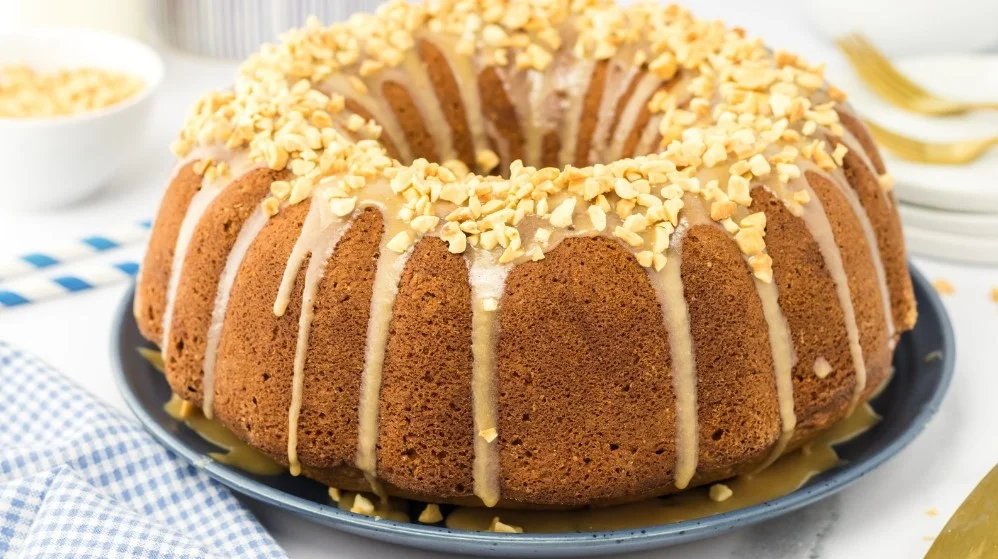When it comes to classic desserts, few things beat the simplicity and deliciousness of a homemade pound cake.
Whether you’re a seasoned baker or just starting out, mastering the art of baking a perfect pound cake can elevate your baking skills to a whole new level.
In this article, we’ll explore easy recipes, essential tips, and everything you need to know to create a mouthwatering pound cake right in your own kitchen.

What is a Pound Cake?
A pound cake is a traditional cake that originated in Europe, known for its simple ingredients and dense, moist texture.
The name “pound cake” comes from the original recipe that called for a pound each of flour, butter, sugar, and eggs, though modern recipes have evolved to incorporate variations and additions to enhance flavor and texture.
Ingredients for Homemade Pound Cake
Creating a delicious pound cake requires just a few basic ingredients:
Butter: Unsalted butter is preferred for its creamy texture.
Sugar: Granulated sugar is commonly used, though some recipes may incorporate brown sugar or other sweeteners.
Eggs: Large eggs at room temperature help achieve proper texture and structure.
Flour: All-purpose flour is typically used for its versatility in baking.
Baking powder or baking soda: Leavening agents to help the cake rise.
Vanilla extract: Adds flavor and aroma to the cake.
Salt: Enhances the overall flavor profile.
Easy Homemade Pound Cake Recipe
Ingredients:
1 cup unsalted butter, softened
1 ½ cups granulated sugar
4 large eggs, at room temperature
2 cups all-purpose flour
1 teaspoon baking powder
½ teaspoon salt
1 teaspoon vanilla extract
Instructions:
Preheat your oven to 350°F (175°C) and grease a 9×5 inch loaf pan.
In a large bowl, cream together the butter and sugar until light and fluffy.
Beat in the eggs one at a time, then stir in the vanilla extract.
Combine the flour, baking powder, and salt; gradually add to the creamed mixture.
Pour batter into the prepared pan and smooth the top.
Bake for 60 to 70 minutes in the preheated oven, or until a toothpick inserted into the center comes out clean.
Allow the cake to cool in the pan for 10 minutes, then remove to a wire rack to cool completely.

Tips for Baking the Perfect Pound Cake
Room Temperature Ingredients: Ensure your butter, eggs, and any dairy ingredients are at room temperature to achieve a smooth batter and even baking.
Creaming Method: Creaming the butter and sugar together thoroughly incorporates air into the batter, resulting in a lighter texture.
Avoid Overmixing: Mix ingredients just until combined to prevent gluten formation, which can lead to a dense cake.
Proper Pan Size: Use the recommended pan size to ensure even baking. A smaller or larger pan can affect baking time and texture.
Cooling: Allow the cake to cool in the pan for the specified time before removing to prevent it from breaking apart.
Variations and Additions
While traditional pound cake is delicious on its own, you can customize your recipe with various additions:
Citrus Zest: Add lemon or orange zest for a refreshing twist.
Nuts: Fold in chopped nuts like almonds or pecans for added texture.
Chocolate: Swirl in melted chocolate or cocoa powder for a chocolate pound cake.
Fruit: Incorporate berries or diced fruit like strawberries or peaches for a fruity flavor.
Conclusion
Mastering the art of baking a homemade pound cake is a rewarding experience that anyone can achieve with the right recipe and tips.
Whether you’re baking for a special occasion or simply treating yourself, a slice of moist, buttery pound cake never disappoints.

FAQs About Homemade Pound Cake
1. Can I use salted butter instead of unsalted butter?
Using unsalted butter allows you to control the amount of salt in the recipe, but if you only have salted butter, reduce the added salt in the recipe accordingly.
2. How should I store leftover pound cake?
Store your pound cake in an airtight container at room temperature for up to 3 days, or in the refrigerator for up to a week. It can also be frozen for longer storage.
3. Can I substitute cake flour for all-purpose flour?
You can use cake flour, but note that it will yield a slightly lighter texture compared to using all-purpose flour.
4. What makes a pound cake dense?
The density of a pound cake comes from its high ratio of butter, sugar, eggs, and flour, combined with minimal leavening agents compared to other cakes.
5. How can I prevent my pound cake from cracking on top?
Ensure your oven is at the correct temperature and avoid opening the oven door frequently during baking.
You can also tent the cake with aluminum foil halfway through baking to prevent excessive browning.
